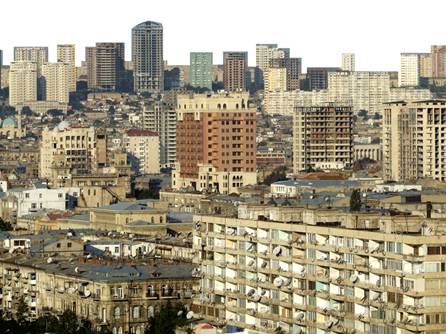- Belarus
- Belgium
- Bosnia and Herzegovina
- Bulgaria
- Croatia
- Cyprus
- Czech Republic
- Denmark
- Estonia
- Finland
- France
- Georgia
- Germany
- Greece
- Hungary
- Iceland
- Ireland
- Italy
- Kazakhstan
- Kyrgyz Republic
- Latvia
- Liechtenstein
- Lithuania
- Luxembourg
- Malta
- Netherlands
- Norway
- Poland
- Portugal
- Romania
- Russian Federation
- Serbia
- Slovak Republic
- Slovenia
- Spain
- Sweden
- Switzerland
- Turkey
- Ukraine
- United Kingdom
- Uzbekistan
- Australia and New Zealand
- East Asia and the Pacific
- Latin America and the Caribbean
- Antigua and Barbuda
- Argentina
- Bahamas, The
- Barbados
- Bolivia
- Brazil
- Chile
- Colombia
- Costa Rica
- Dominica
- Dominican Republic
- Ecuador
- El Salvador
- Grenada
- Guatemala
- Guyana
- Haiti
- Honduras
- Jamaica
- Mexico
- Nicaragua
- Panama
- Paraguay
- Peru
- St. Kitts and Nevis
- St. Lucia
- Trinidad and Tobago
- Uruguay
- Venezuela
- Middle East and North Africa
- North America
- South Asia
- Sub-Saharan Africa
Home > Countries > Europe and Central AsiaAzerbaijan
Country Profile

Economic growth, which exceeded20 percent annually in the years before the current financial crisis (average rate was 24.2%), slowed; so did inflation. Median incomes steadily increased but decreased in dollar terms after 2008.
The government has actively stimulated foreign investment, particularly in fixed capital and including both oil and non-oil sectors. It has implemented favorable legislation to protect foreign investments and facilitated the investment process for both foreign and domestic entrepreneurs through its “single window” system. It is gradually decreasing corporate taxes to 20 percent from 35 percent and VAT to 18 percent from 28 percent and is simplifying the overall tax regime. See the Ministry of Economic Development for further details on the investment climate.
It is important to note that while legislation allows Azerbaijan individuals and legal entities to own land, foreigners may not. However, the legislation allows foreigners to lease land and have use agreements on land.
The mortgage sector in Azerbaijan is young and still small but growing rapidly. At the end of 2009 the amount of outstanding mortgages stood at USD 191 million (0.22 percent of GDP in 2009), double the amount in 2007. More recent figures for 2011 show that this figure may have doubled again. The Azerbaijan Mortgage Fund (AMF) was established in 2005 to jump-start the mortgage sector with funds from the State budget. The AMF refinancesloans ofcommercial banks, which in turn offer fixed rate mortgages to borrowers that must comply with standards set by the AMF. In 2007, a presidential decree mandated AMF to become more financially self-sufficient and seek alternative sources of funding. Since 2009, the AMF has been issuing corporate bonds (it received a Fitch investment grade in 2010) and diversified its financial assets with liquidity support from the Central Bank of the Republic of Azerbaijan. Recent market research commissioned by IFC shows that the demand for the existing fixed-rate program could be as high as USD 6 to 7 billion.
Enabling mortgage legislation and procedures were put in place during this period as well, including a mortgage law that allows for judicial and non-judicial foreclosure.About the Editor
Azerbaijan Mortgage FundContact
WebsiteAzerbaijan Mortgage Fund
The Azerbaijan Mortgage Fund was established under the National Bank of the Republic of Azerbaijan (NBAR) by Presidential Decree dated 16 September 2005.Its purpose is the establishment of a financing mechanism for mortgage lending in Azerbaijan. It is a state-owned institution not engaged with granting of mortgage loans to the population, but rather the refinancing of mortgage loans issued by authorized credit organizations selected by the NBAR.
The main functions of the Azerbaijan Mortgage Fund are as follows:- Refinancing mortgage loans made by authorized credit
organizations;
Defining requirements on refinanced mortgage loans;
Issuing mortgaged back securities to attract financial funds;
Managing financial risk to provide its activity and stability;
Taking measures within its authority to provide liquidity in mortgage lending and attract inexpensive financial resources.
Copyright © 2025. HOFINET. By using or accessing this website, you signify that you agree to the Terms of Use.
When using or citing any information displayed on this website or accompanying blog sites, you must provide a reference to HOFINET.